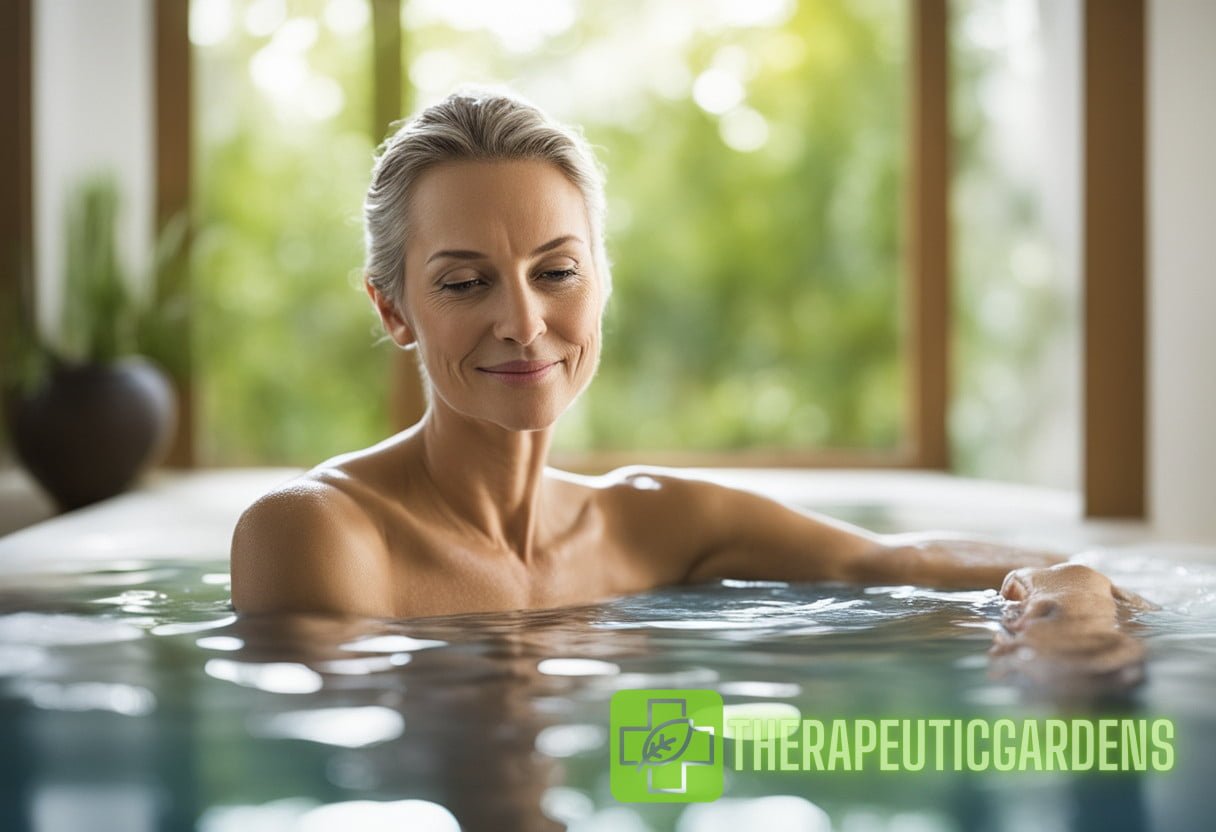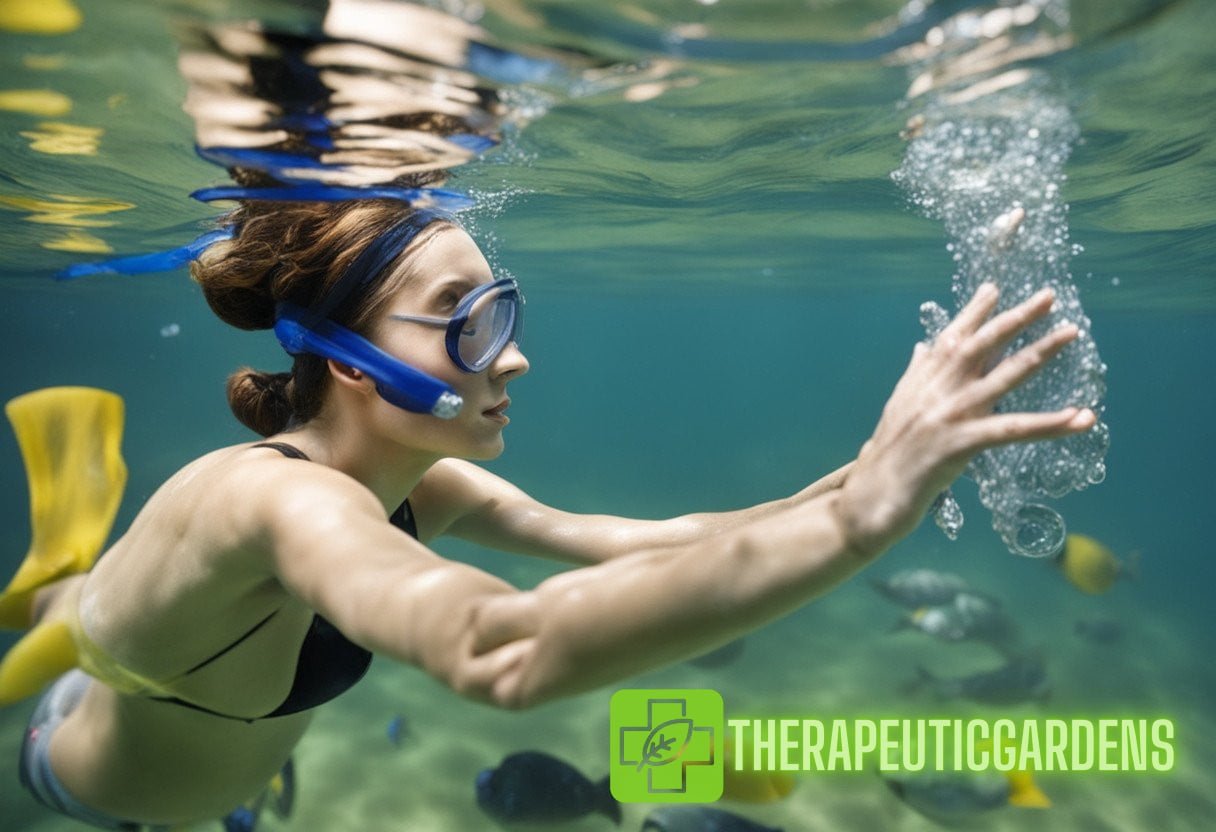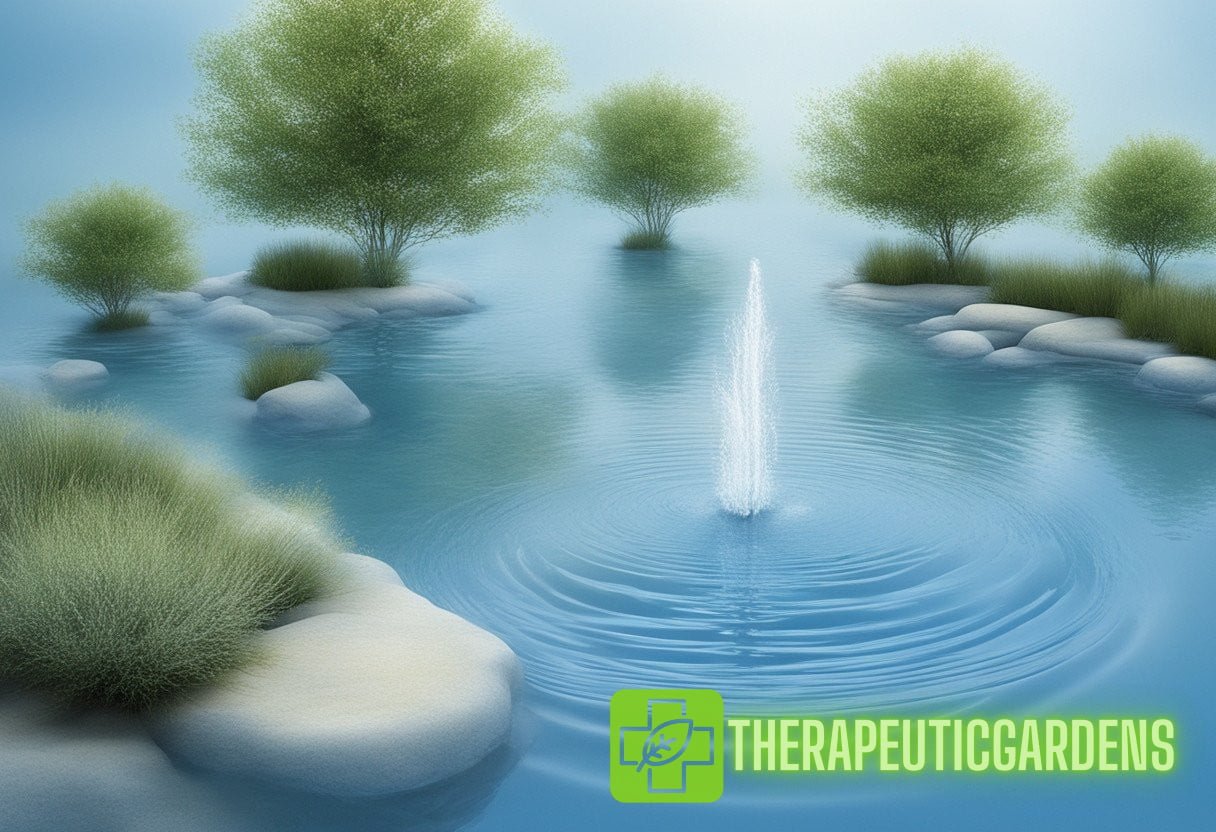Introduction
Water: the essence of life, known for its cradle where civilizations flourished and nature thrived. But beyond its biological necessity, water holds a remarkable capacity for human wellness.
The Science Behind Restorative Waters
Understanding the profound effects of water on wellbeing requires an interdisciplinary approach, merging insights from psychology, physiology, and environmental science.
Psychological Impact of Water
Aquatic environments have been shown to induce a state of calmness and reduce stress levels. Studies from the field of environmental psychology reveal that mere visuals of water bodies can trigger the release of endorphins.
The Biophilia Hypothesis
Edward O. Wilson’s Biophilia Hypothesis suggests that humans possess an innate tendency to seek connections with nature and other forms of life. Water scenes stimulate this connection, leading to heightened emotional and psychological well-being.
Stress Reduction
Research from the Environmental Protection Agency (EPA) indicates that exposure to natural water bodies can lower cortisol levels by more than 50%. This stress-reducing potential makes water bodies a crucial component of ecotherapy practices.
Physiological Benefits
The beneficial impact of water extends deeply into the physiological domain, influencing several bodily functions.
Cardiovascular Health
Engaging in activities such as swimming or even taking walks by the beach has been shown to enhance cardiovascular functioning. Studies have demonstrated a 12% improvement in heart rate variability among individuals frequently engaging with aquatic environments.
Respiratory Improvements
The moist, iodine-rich air near oceans and seas contributes significantly to improved respiratory health. This air can help clear the respiratory tract, thus benefitting individuals with asthma and other respiratory issues.
Aquatic Environments and Ecotherapy
Ecotherapy, or nature-based therapy, leverages the therapeutic effects of natural environments. Water-based ecotherapy, in particular, has shown to significantly enhance mental and physical health.
Historical Context
Historically, water has been central to wellness routines across cultures.
Roman Baths
The ancient Romans understood the healing properties of water, establishing widespread public baths not merely for hygiene but for their believed medicinal purposes.
Japanese Onsens
In Japan, onsens, or hot springs, have been spiritually and physically rejuvenating retreat points for centuries, attributable to their mineral-rich compositions.
Modern Ecotherapy Practices

Contemporary ecotherapy combines traditional knowledge with modern science to facilitate holistic healing through water.
Blue Health Initiatives
Blue Health initiatives across Europe are notable examples. These projects employ water bodies to foster mental resilience among urban populations, combating issues like urban stress and social isolation.
Water-Based Mindfulness
Practices such as aquatic mindfulness involve meditative activities conducted near or within water bodies, leading to profound reductions in anxiety and depression symptoms.
Case Studies and Data Insights
To substantiate the restorative benefits of aquatic environments, examining case studies and data sets is imperative.
Case Study: A Blue Space Intervention in Urban Settings
A notable study conducted in Barcelona demonstrated that urban dwellers who frequented water bodies reported a 33% reduction in mental distress and a 15% increase in overall life satisfaction.
Physiological Data
Physiological data from a meta-analysis covering over 500 participants reaffirm that aquatic activities can lead to significant improvements in multiple health markers:
- Blood Pressure: Reduction by an average of 5 mm Hg.
- Heart Rate Variability: Improvement indicating better autonomic nervous system balance.
- Cortisol Levels: Decrease averaging 23%, indicating strong stress reduction.
Practical Recommendations for Embracing Restorative Waters
To leverage the benefits of aquatic environments, you can incorporate several practical strategies into your daily routine.
Regular Walks by Water Bodies
Simple activities like walking by a lake or visiting a nearby beach can be incredibly nourishing. Aim for at least three sessions per week, each lasting a minimum of 30 minutes.
Incorporate Water Features at Home
Bringing water elements to your living space, such as indoor fountains or aquariums, can create a tranquil atmosphere conducive to relaxation.
Ecotherapy Sessions
Engage in structured ecotherapy sessions that focus on aquatic environments. These may involve group activities, guided meditations, or individual retreats centered around water bodies.
Conclusion
Water’s role in enhancing well-being is multifaceted, weaving through psychological calmness, physiological benefits, and profound therapeutic practices. Embracing aquatic environments can lead to substantial improvements in life satisfaction and overall health.
For further reading on this, you can explore related articles such as Aquatic Harmony and Water Therapy.



